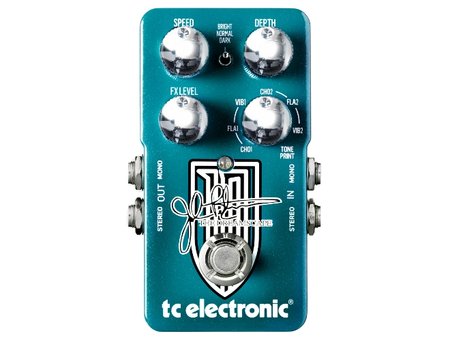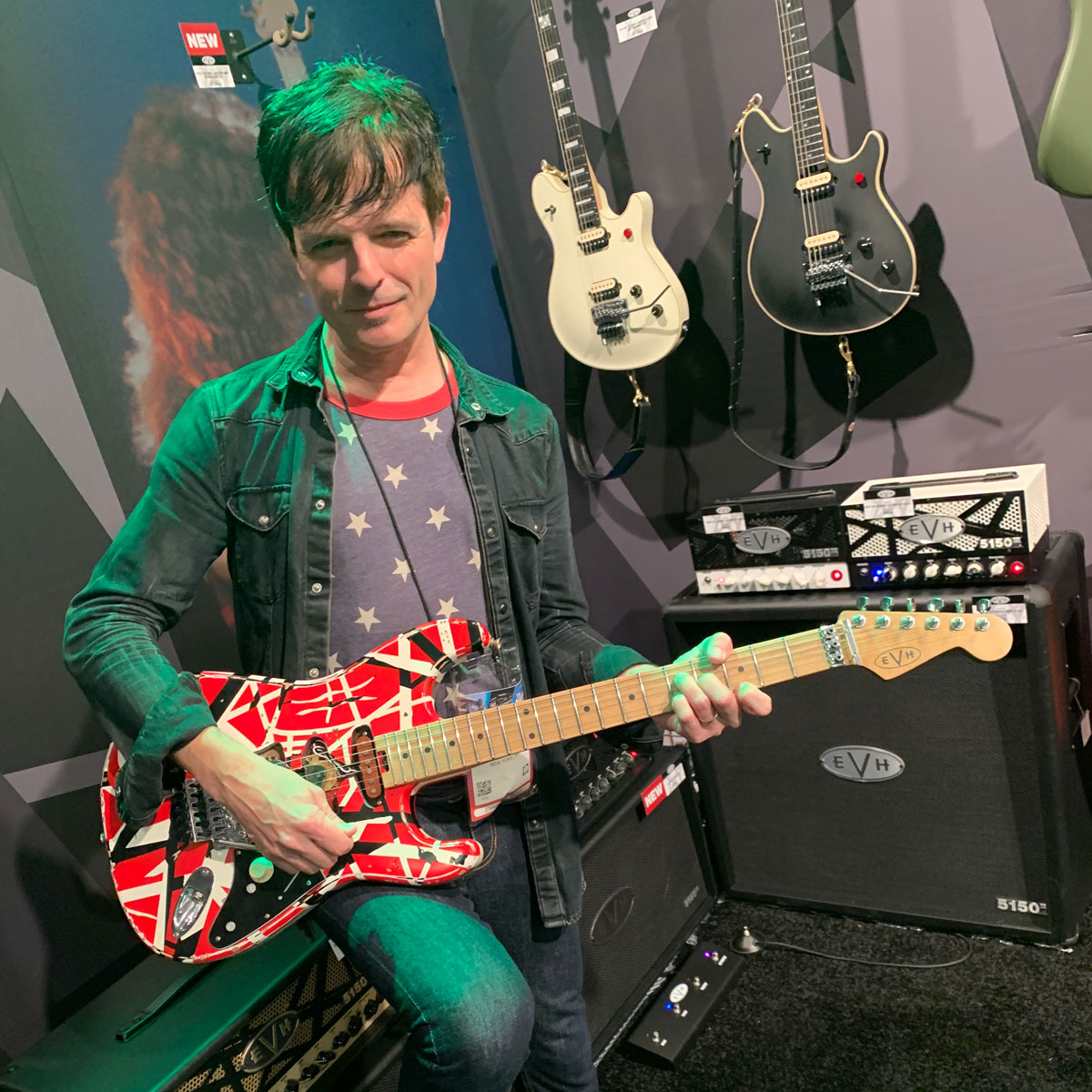Review: TC Electronic John Petrucci Dreamscape Signature Toneprint Pedal

The following content is related to the September 2012 issue of Guitar World. For the full range of interviews, features, tabs and more, pick up the new issue on newsstands now, or in our online store.
In 2011, TC Electronic introduced several stomp boxes that employed its TonePrint technology, which allows users to download new effects programmed by various artists, including well-known players like Paul Gilbert, Steve Morse, Joe Perry and Steve Stevens, from a computer or iPhone/Android smartphone.
Many of these artist downloads proved to be quite popular, so it seemed like only a matter of time before TC combined several of them in one pedal. That’s exactly what the company has done with the John Petrucci Dreamscape Signature TonePrint pedal. The Dreamscape presents six of the Dream Theater guitarist’s custom-tweaked tones in one box. The signature sounds comprise two choruses, two vibratos and two flangers, including Petrucci’s brand-new Vortex Flanger TonePrint. Plus, the pedal has room to store an additional TonePrint download, for a total of seven effects in one compact pedal.
FEATURES
While the Dreamscape’s controls are similar to those of a standard stomp box, it’s capable of creating a much wider variety of sounds than the average pedal thanks to the flexibility of its digital circuitry. There are controls for effect level, speed and depth; a seven-position switch for selecting presets; and a three-position mini toggle for bright, normal and dark tone settings. Other pro-quality features include stereo input and output jacks, an easy-access single-screw battery compartment, a jack for an optional nine-volt adaptor and a mini USB jack for downloading new TonePrint effects. TC currently offers 33 TonePrint effects for the Dreamscape, with more to come in the near future.
PERFORMANCE
The Dreamscape is not a multieffect pedal but rather a versatile single-effect pedal that provides a variety of short delay-based modulation effects. However, it can easily replace the need to have separate chorus, flanger and vibrato pedals on your pedal board as you can access entirely new effects in seconds by rotating the effect selector switch. Plus, you can load new TonePrint effects from a computer or by beaming them from a smartphone pointed at your guitar’s pickups, all in less than 10 seconds.
Get The Pick Newsletter
All the latest guitar news, interviews, lessons, reviews, deals and more, direct to your inbox!
The effects boast the superb, noise-free sound quality for which TC is known. Both chorus effects are thick and lush, with a three-dimensional shimmer. Flanger 1 is subtle but effective for adding motion and dynamics to clean chord and arpeggio patterns, while Flanger 2 provides a dramatic, jet-like sweep. The vibrato effects produce a woozy, seasick wobble, but the pitch pulsations are subtle, so players don’t have to worry about sounding out of tune.
Paul Riario has been the tech/gear editor and online video presence for Guitar World for over 25 years. Paul is one of the few gear editors who has actually played and owned nearly all the original gear that most guitarists wax poetically about, and has survived this long by knowing every useless musical tidbit of classic rock, new wave, hair metal, grunge, and alternative genres. When Paul is not riding his road bike at any given moment, he remains a working musician, playing in two bands called SuperTrans Am and Radio Nashville.



![[from left] George Harrison with his Gretsch Country Gentleman, Norman Harris of Norman's Rare Guitars holds a gold-top Les Paul, John Fogerty with his legendary 1969 Rickenbacker](https://cdn.mos.cms.futurecdn.net/TuH3nuhn9etqjdn5sy4ntW.jpg)






